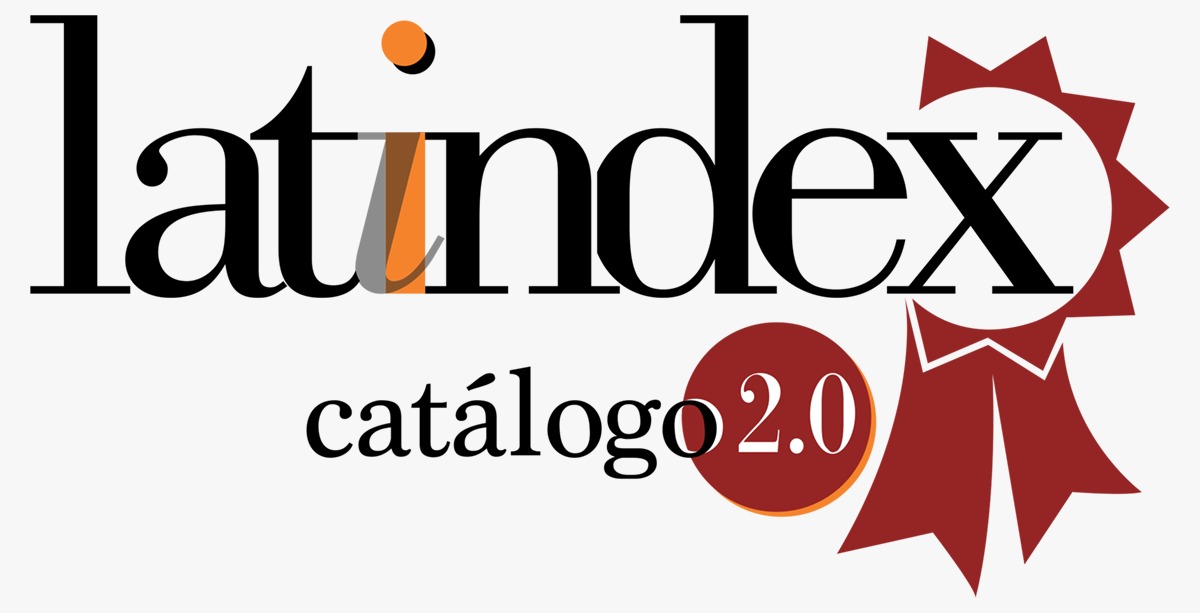Application of the syllable proposal in the learning of the symphonic orchestra instrumental ensemble subject at the National University of Music - Lima 2019
DOI:
https://doi.org/10.47865/igob.vol4.2021.134Keywords:
Curriculum proposal, learning, studentAbstract
The present study entitled application of a curricular proposal influences the learning of the symphonic orchestra instrumental ensemble subject at the National University of Music, which aimed to improve student learning through the application of a curricular proposal.
Regarding the methodological aspect, the present study focuses on the quantitative approach of experimental cross-sectional design. For the data collection, a questionnaire was adapted to measure the dependent variable, which was still applied, consisting of 50 students from the symphonic orchestra instrumental musical subject; The instrument went through a process of validity and reliability before being applied.
The results obtained allow us to affirm that the application of a curricular proposal influences the learning of the symphonic orchestra joint instrumental subject at the National University of Music, by showing significant difference in the experimental group before and after the application of the curricular proposal in addition to Obtain that the value of p =, 000 <, 05.
Downloads
References
Ander-egg, E. (1997). Diccionario de pedagogía. Buenos Aires: Magisterio
Akoschky (2001) Ruidos y Ruiditos (Vol. 3), Ed. Paidos, Buenos Aires
Bautista, A. (2009). Concepciones de profesores y alumnos de piano sobre la enseñanza y el aprendizaje de partituras (Tesis doctoral no publicada). Universidad Autónoma de Madrid.
Carreño, A. (Agosto de 2010). Taller pedagogía musical Willems. musicalidad,39(6).
Casas-Mas, A., Pozo, J. I., y Montero, I. (2013). The Influence of Music Learning Cultures on the Construction of Teaching-Learning Conceptions. Manuscrito enviado para publicación.
Campusano, L. (2015): La musicoterapia para niños. España: Trillas.
Delgado, M. (2015): Musicoterapia infantil: técnicas y beneficios. Madrid: Etapa infantil.
Domínguez, D. (2015). La musicoterapia y su importancia en la niñez. Madrid: Editorial Barcelona.
Fainholc, B. (2005). Aprendizaje Electrónico mixto. UNLP-CEDIPROE -Argentina
Folkestad, G. (2006). Formal and informal learning situations or practices vs formal and informal ways of learning. British Journal of Music Education, 23, 2, 135145.
Fuentes, R. y Cervera, J. (1989). Habilidades Sociales: Convivencia armoniosa. México: Trilce.
Gari, F. (2008). Musicoterapia infantil. México: Trillas.
Gordon, L. (1990). Musicoterapia infantil. España: Castello.
Hallam, S. (2007). Music Psychology in Education. London: Institute of Education, University of London.
Hickey, C. (2009). El aprendizaje musical a través del pensamiento creativo. España: Santillana.
Hultberg, C. (2002) Approaches to music notation: the printed score as a mediator of meaning in western tonal tradition. Music Education Research, 4, 185-197
Koldo, P. (1994). “El método Martenot a la enseñanza de la armonía”. Iruñea: Eusko Ikasjuntza.
Lucato, M. (Mayo de 2001). “El método Kodaly y la formación del profesorado de música”. (U. d. Vigo, Ed.) Europea(7).
McPherson, G. E. (2005). From child to musician: skill development Turing the beginning stages of learning an instrument. Psychology of Music, 33, 5-35 Menuhim, Y. (1997). Having a good relation with the others. Canada: Liverpool.
Orff, S. (Abril-Junio de 2009). Un acercamiento a la visión holística de la educación al lenguaje de la creatividad musical. “La Retreta”, 2(II).
Pascual Mejía, P. (2006). “Didáctica de la Música”. (A. Cañizal, Ed.) Madrid, España: Pearson Prentice Hall.
Rusinek, G. (2004). El aprendizaje musical significativo. Madrid: Castello. Sperber, D. (2005). Explicar la cultura. Un enfoque naturalista. Madrid: Morata.
Trilla, J. (1997). Relaciones entre la educación formal, la no formal y la informal. En La educación fuera de la escuela (pp. 187-196). México: Ariel.
Torrado J. A. y Pozo J. I. (2008). Metas y estrategias para una práctica constructiva en la enseñanza instrumental. Cultura y Educación, 20, pp. 35-48.
Torrado, J. A., Casas, A., y Pozo, J. I. (2005). Las culturas de la educación musical: aprendiendo a interpretar un instrumento. Estudios de Psicología, 26(2), 259269.
Webster, J. (1992). El ritmo a través del cuerpo. España: Castello.
Vernia, A. (2012). “Método pedagógico musical Dalcroze”. (Artseduca, Ed.) Mossen Francesc Peñaroja (Vall d’Uixó Castellón)(1).
Downloads
Published
How to Cite
Issue
Section
License

This work is licensed under a Creative Commons Attribution-NonCommercial-ShareAlike 4.0 International License.
Esta obra está bajo una licencia internacional Creative Commons Atribución-NoComercial-CompartirIgual 4.0.
















